Blogs
Our E-waste management blog features updates, tips, and advice on how you can recycle your used electronics and eWaste disposal solutions.
We also post current news on the electronic waste recycling industry, so that you can stay up to date on any changes that might happen in your area. We also provide information about principles of sustainability and environmental issues and ways to help out with the importance of managing e-waste recycling and waste management.

Why Your Business Should Consider Professional eWaste Solutions
You might not give it much thought, but your business produces a lot of electronic waste (e-waste). From old computers and monitors to printers
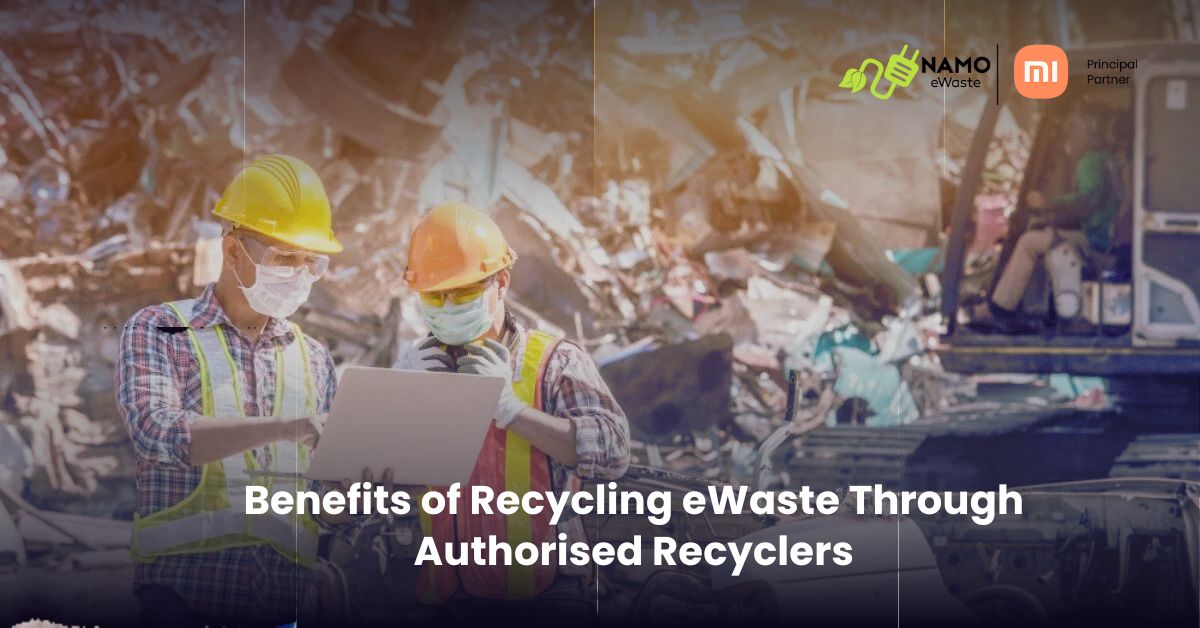
Benefits of Recycling eWaste Through Authorised Recyclers
As the world becomes increasingly digitised, our reliance on electronics grows with it. From our daily alarms that wake us up to the computers we
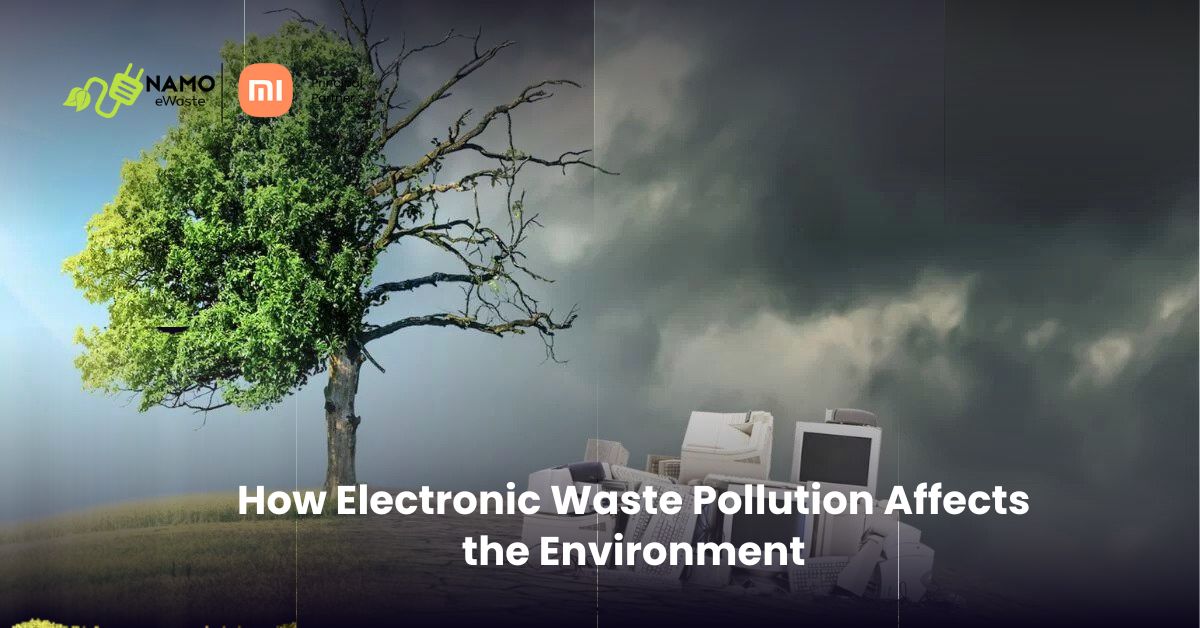
How Electronic Waste Pollution Affects the Environment
Our modern lives are unimaginable without electronic devices, which have transformed the way we communicate, work, and live. Yet, this digital revolution has also led
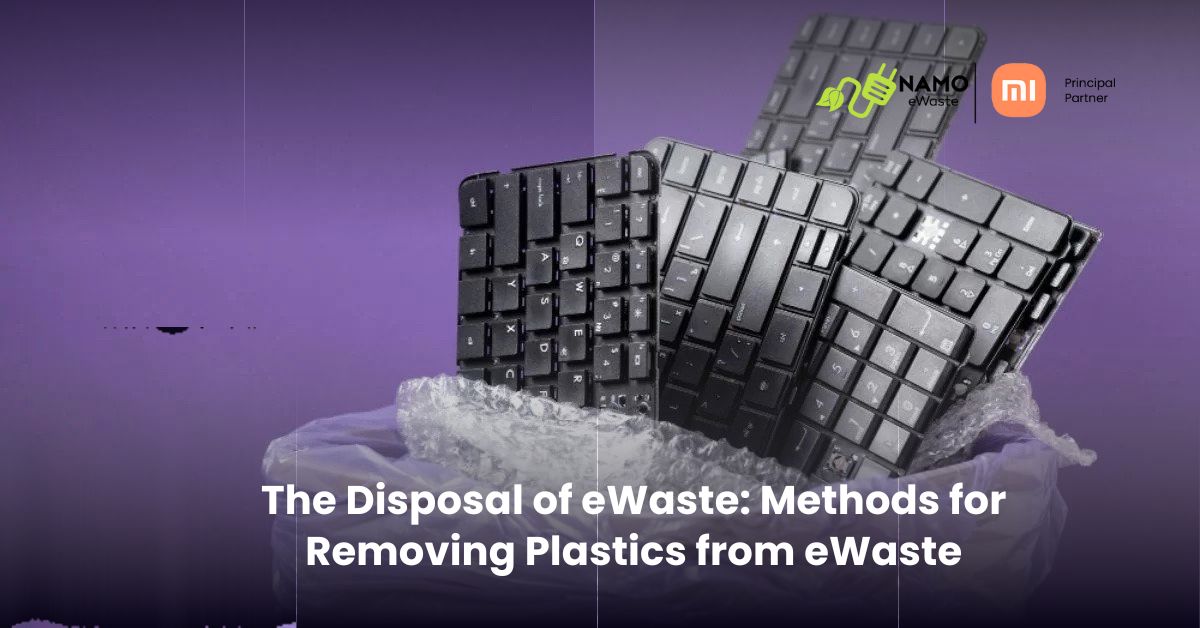
The Disposal of eWaste: Methods for Removing Plastics from eWaste
Electronic waste or eWaste has become a major concern for the environment in recent years. With the rapid advancement in technology, we are witnessing massive
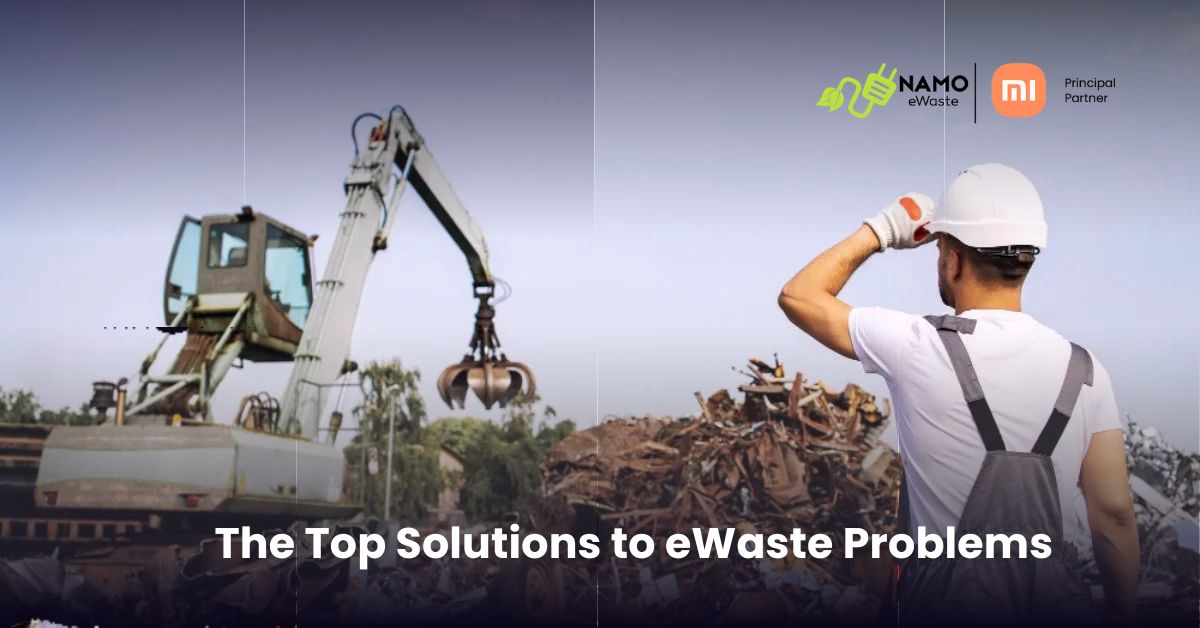
The Top Solutions to eWaste Problems
Transforming trash to treasure: Discover the top solutions to tackle the rising threat of e-waste! From obsolete laptops to outdated mobile phones, electronic waste or

Sustainability in Reverse Logistics: How to Minimise Waste and Reduce Your Carbon Footprint
Nowadays, sustainability is more than a buzzword – it’s an integral part of the business. Discover how sustainable reverse logistics can transform your company’s waste
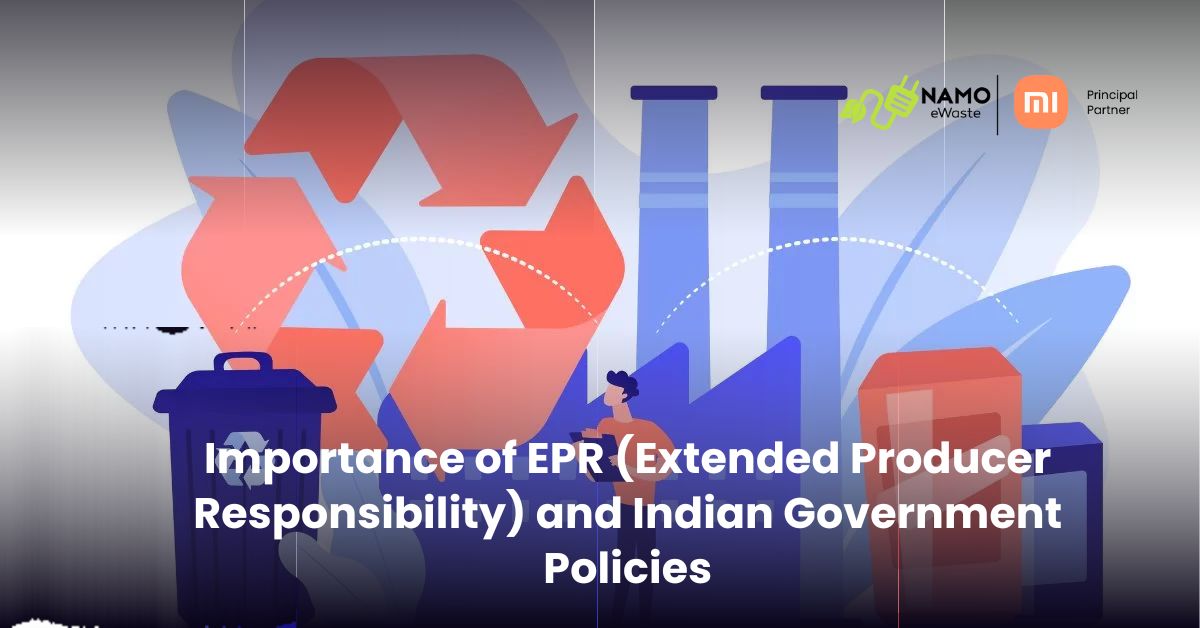
Importance of EPR (Extended Producer Responsibility) and Indian Government Policies
What is EPR? Did you know that by 2050, India is expected to generate 165 million tons of electronic waste annually? That’s a staggering amount
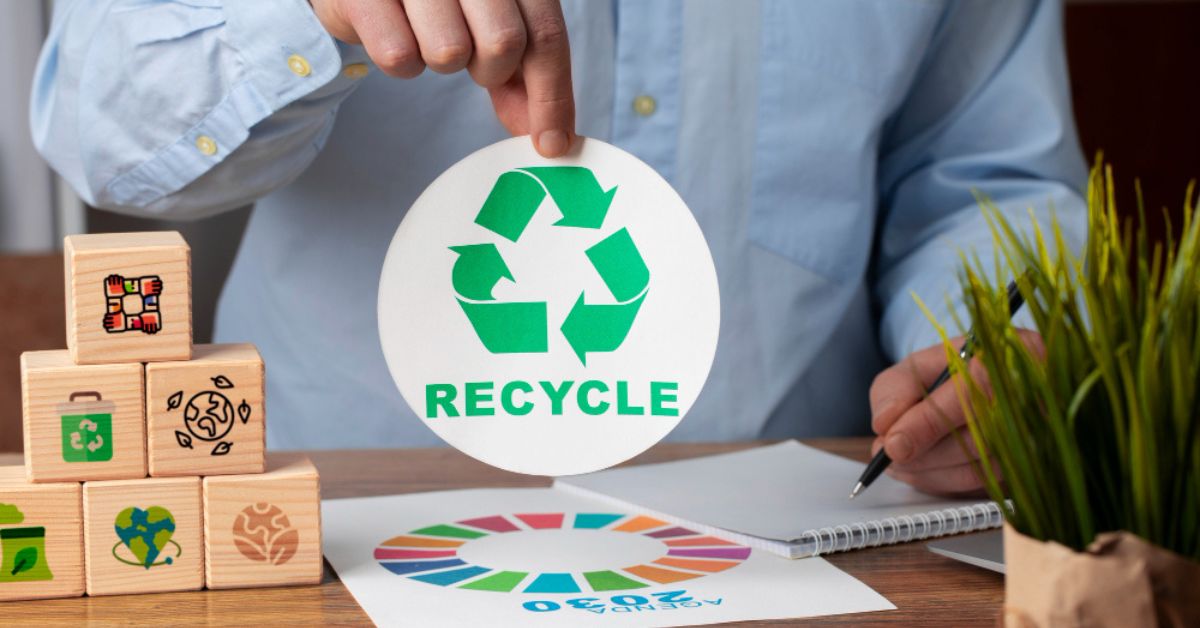
What is Extended Producer Responsibility or EPR?
As our world becomes more digitally connected, the production and disposal of electronic products continue to increase. This is harmful to both the environment as

Disposal Techniques For Electronic Waste
Electronic waste has become an increasingly common sight in our landfills, and the resulting toxins from these discarded devices can have potentially disastrous effects on
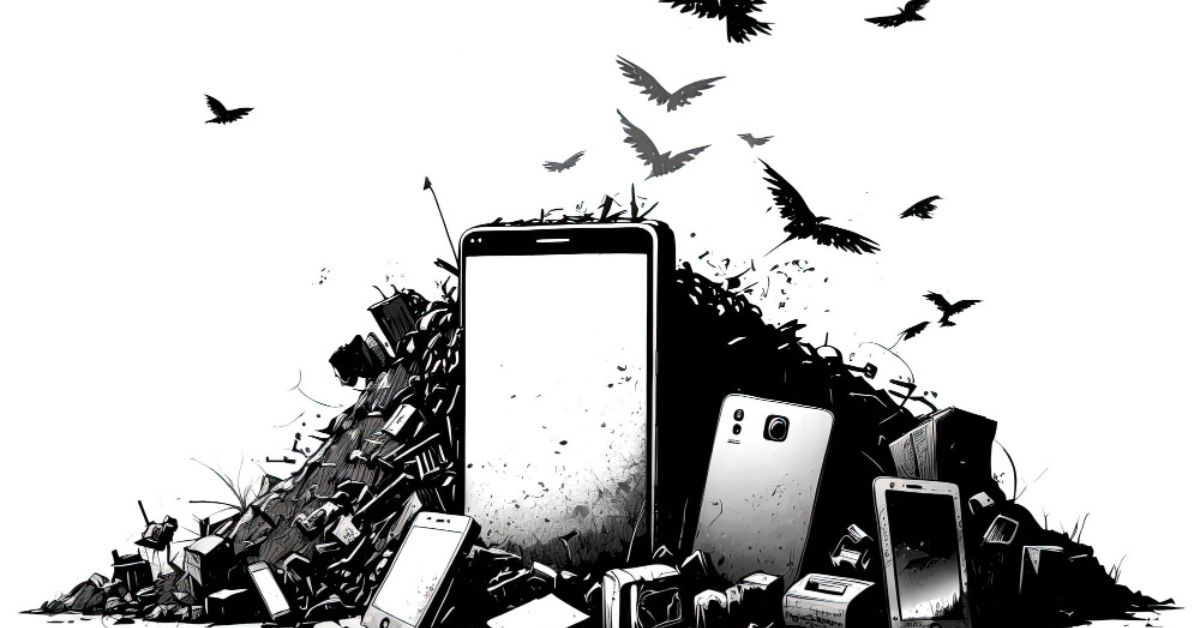
How is eWaste harmful to human health?
Did you know that the sleek electronic device in your hand or on your desk could be a ticking time bomb for your health and

From Toxic Trash to Sustainable Solutions: Tackling the Environmental Impact of eWaste
Our insatiable appetite for the latest and greatest gadgets has given rise to a growing monster known as eWaste – a menacing electronic beast lurking

Recycling eWaste: Top Barriers and Solutions
Electronic devices have become an integral part of our daily lives, but their disposal has become a growing concern for the environment. The improper disposal

